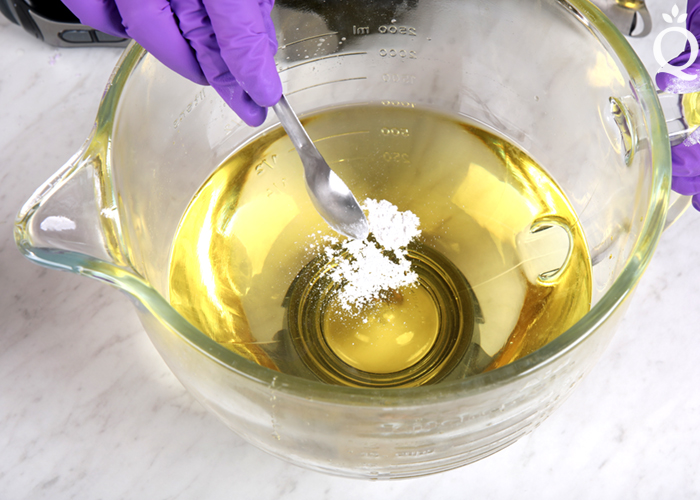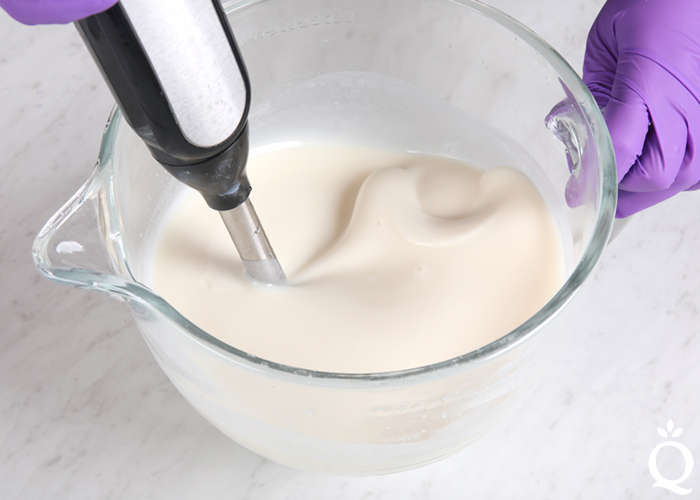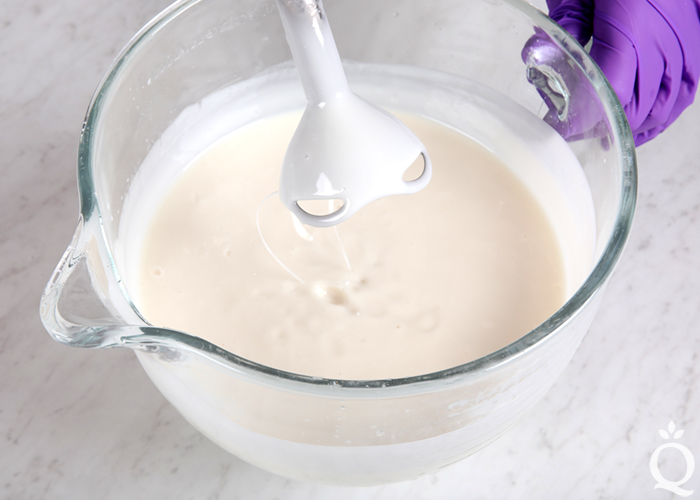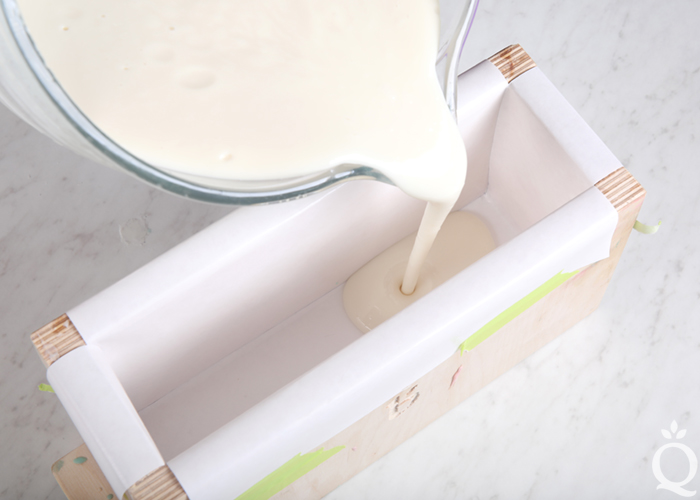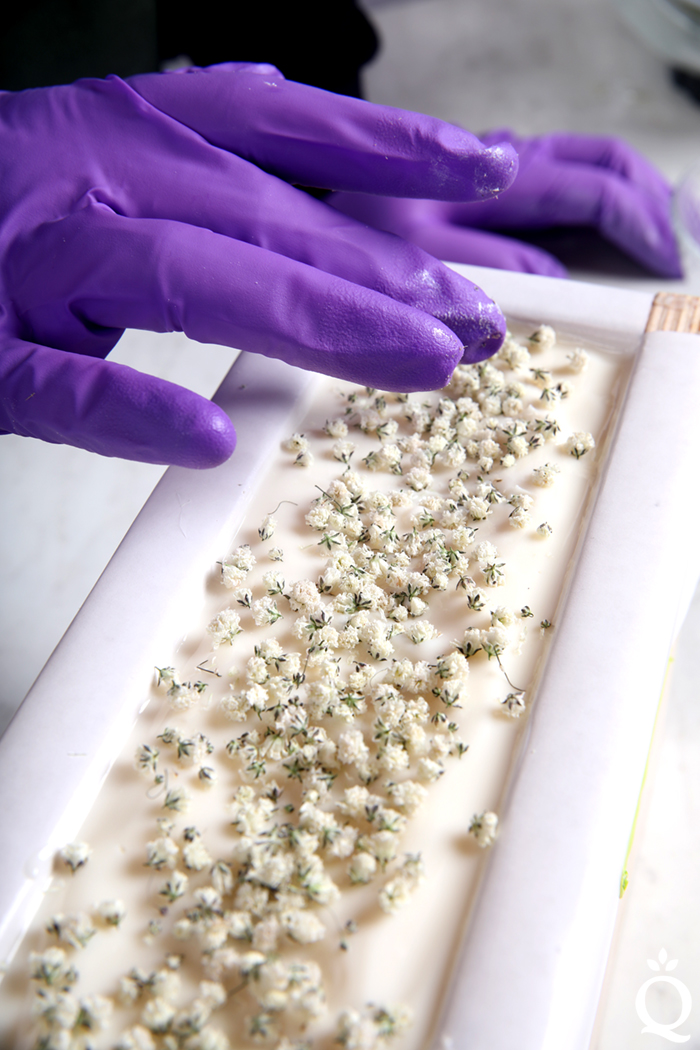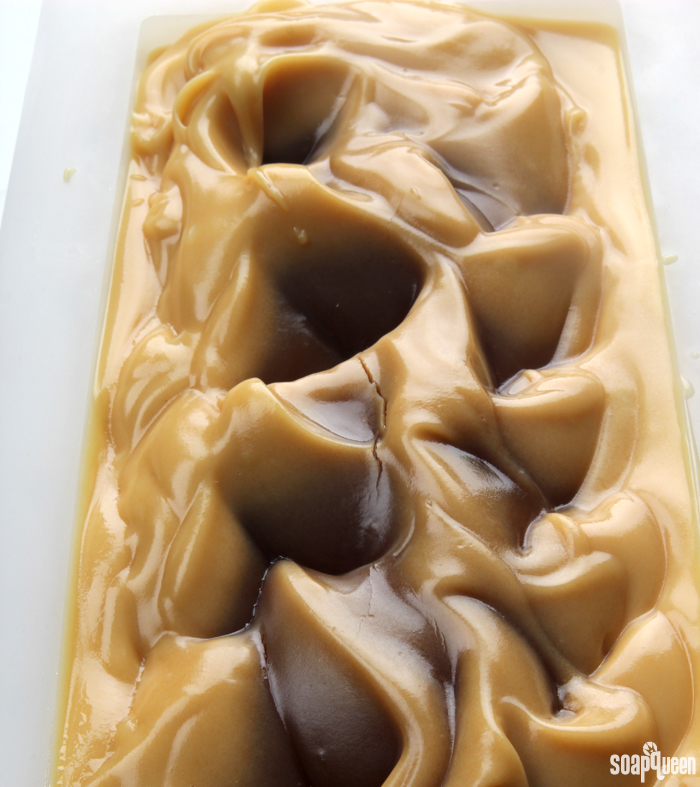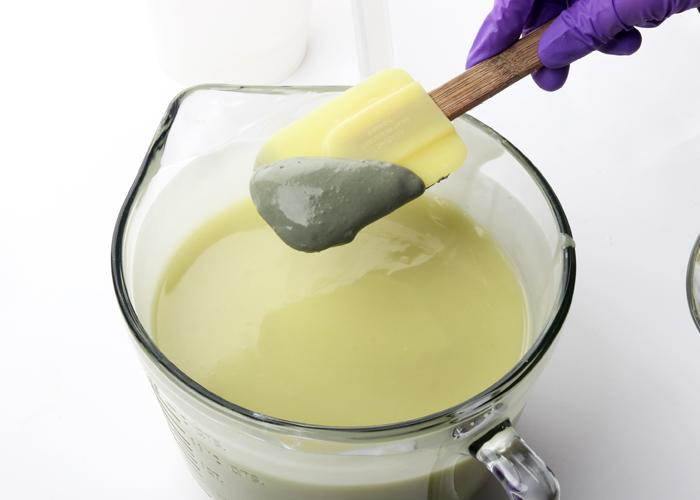The following information is from:【Elderflower & Reship Salve】
Elderflower & Rosehip Salve
This salve features elder flowers, which are an old-fashioned remedy for softer, more evenly toned skin. Elder flowers are also traditionally used to heal scrapes, scratches and wounds, and as a treatment for dry skin.
I like to include rosehip seed oil in this salve, for its well known effectiveness against scarring, wrinkles and signs of aging.
The rosehip seed oil is optional though; if you don’t have any or don’t want to include it, just use more elderflower infused oil in its place.
NOTE: To print this post, scroll down until you see a green “Print Friendly” button. Some links on this site are affiliate links. I only promote products I personally use and like. :)
Elderflower Infused Oil
To make elderflower salve, you’ll first to need to make an infused oil.
To do so, fill a canning jar about 1/4 full of dried elder flowers and pour your favorite oil over them until the jar is almost filled. (I like sunflower oil best, but you can use sweet almond, apricot kernel, olive or another type of oil if you prefer.)
For a quick infusion: Set the uncovered jar down into a small saucepan filled with a few inches of water. Heat over a low burner for one to two hours, keeping a close eye that the water doesn’t evaporate out. Remove from heat and strain.
For a slower, more traditional infusion: Cap the jar of dried elder flowers and oil and tuck away in a cabinet for around 4 to 6 weeks, shaking occasionally as you remember to. When the infusing time has passed, strain.
For an alternative option: You could also set the jar of elder flowers and oil in a sunny windowsill for several days to a week to jump start the infusion. (Don’t store for long periods in sunlight though, as it tends to fade flowers and herbs over time.)
Ingredients for Elderflower Salve
- 3 oz (85 g) elderflower infused oil
- 0.5 oz (14 g) rosehip seed oil
- 0.5 oz (14 g) beeswax
For best results, use a scale to weigh the ingredients. If you don’t own a scale, it may be helpful to know that 3.5 oz (99 g) of oil is roughly 1/2 cup, 0.5 oz (14 g) of beeswax is around 2 tablespoons loosely packed pastilles, and 0.5 oz (14 g) rosehip seed oil is around 1 tablespoon.
If you don’t have elder flowers at home, you can purchase high quality dried flowers from Mountain Rose Herbs. I also love and use their rosehip seed oil.
How to Make Elderflower Salve
Combine the elderflower infused oil and beeswax in a heatproof container, like a canning jar or pyrex pitcher. Set the container down into a pan filled with a few inches of water, forming a makeshift double boiler.
Place the pan over low heat until the beeswax melts. Remove from heat and stir in the rosehip seed oil. If you have a favorite vitamin E that you like, you can squeeze the contents of a capsule into the salve to help lengthen shelf life.
You can also add a few drops of essential oil, such as lavender or rose, if you’d like your salve to be scented.
Pour into tins or jars and allow to cool completely. This recipe fills one 4-ounce tin.
To Use Elderflower Salve
Apply a thin light layer to hands, face and throat at night. This salve is best suited for those with dry and/or mature skin.


































